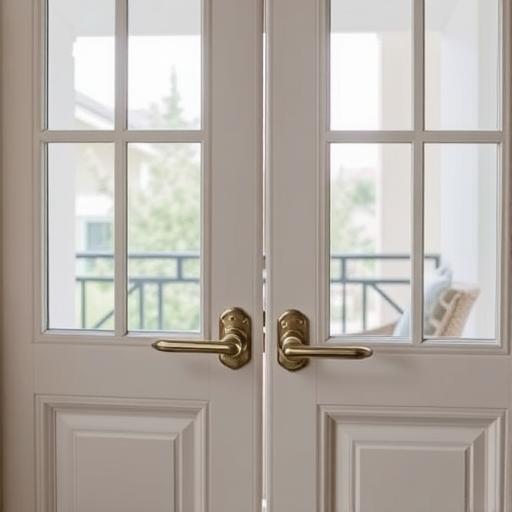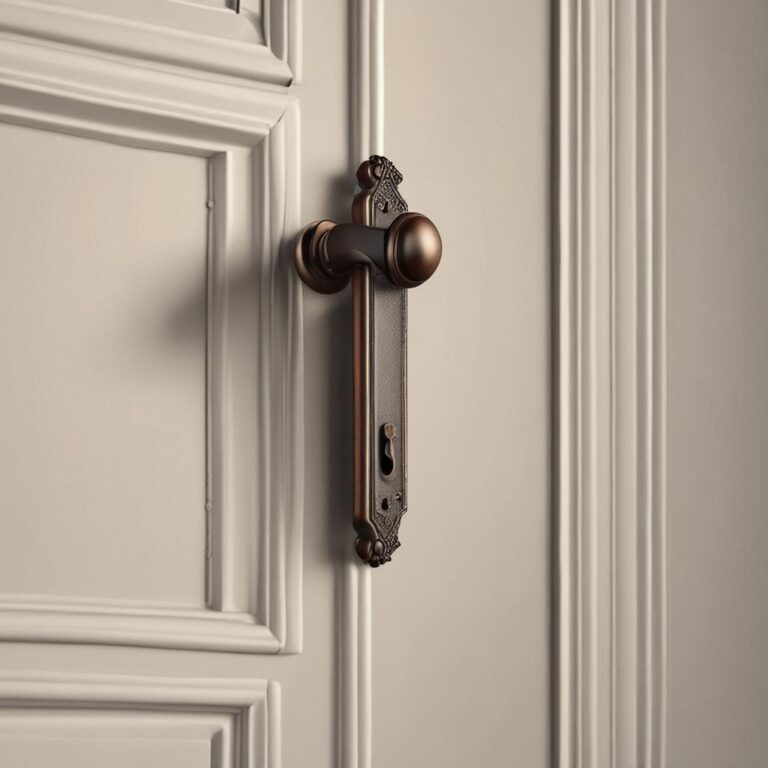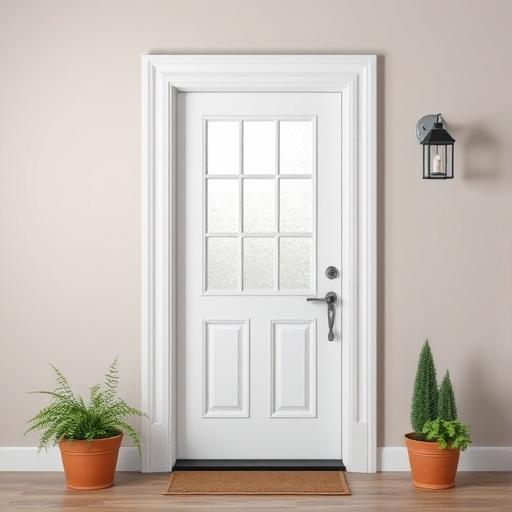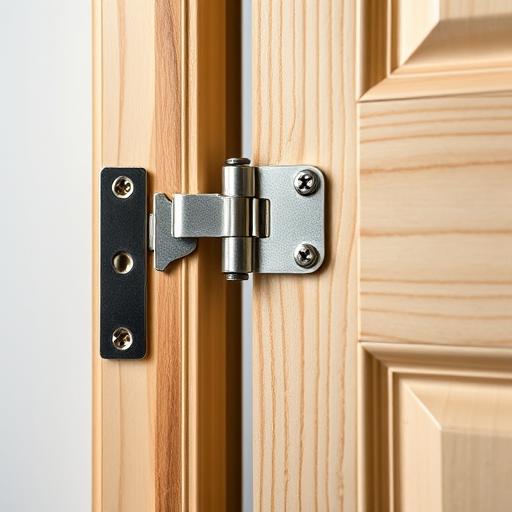How to Fix a Crack in Drywall That Keeps Coming Back
How to Effectively Fix a Persistent Crack in Drywall
Dealing with a recurring crack in your drywall can be frustrating. It seems like you’ve fixed the issue, only to have it reappear, sometimes even worse than before. The key to effectively addressing this problem lies in understanding and tackling the root cause. In this guide, we’ll walk you through the process of identifying the reason behind your stubborn drywall crack and providing a comprehensive repair solution.
Understanding the Causes of Drywall Cracks
Common Causes
Before you start patching, it’s crucial to understand what causes drywall cracks in the first place. Common reasons include:
- Normal settlement and expansion/contraction of the house as it ages
Persistent Causes
However, if the crack keeps reappearing, it might be a sign of more significant underlying issues:
- Structural issues such as foundation cracks, roof leaks, or termite damage
Identifying the Root Cause
To determine why your drywall crack persists, start with a visual inspection:

- Check for any obvious signs of water damage, such as warped drywall, peeling paint, or mold
If your inspection doesn’t provide clear answers, consider hiring a professional inspector to assess the problem.
Preparing for the Repair
Before you begin the repair process, gather the necessary tools and materials, such as drywall compound, joint tape, a drywall screw setter, sandpaper, and Safety gear like gloves and a dust mask.
Ensure you have suitable working conditions by setting up proper ventilation and lighting. Cover the floor to protect it from debris, and relocate any furniture near the work area.
Addressing the Root Cause
Solving Structural Issues
If your investigation reveals structural causes, address them accordingly:

- Foundation cracks may require professional repair or underpinning
Dealing with Moisture Problems
If moisture is the culprit, fix any plumbing leaks, improve ventilation, and consider installing a dehumidifier if humidity levels are high.
When to Call a Professional
If you suspect structural issues or are unsure about how to address the root cause, consult a professional contractor or structural engineer.
Repairing the Drywall Crack
Step-by-Step Repair Process
Once you’ve addressed the underlying issue, follow these steps to repair the drywall crack:
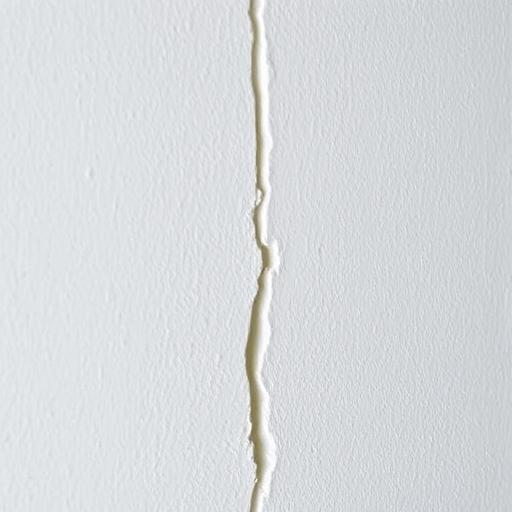
- Clean the crack using a drywall saw or razor knife
- Apply joint tape, using drywall compound on both the tape and the crack
- Apply multiple thin layers of compound, allowing each to dry completely before sanding
- Sand the repaired area smooth, being careful not to create new cracks or fuzz
- Prime and paint the repaired area to match the surrounding wall
Different Crack Types
Depending on the type of crack you’re dealing with, you may need to adjust your repair approach:
- Horizontal cracks may require additional supports, such as drywall screws or furring strips
Special Considerations for Persistent Cracks
For particularly stubborn cracks, consider reinforcing the joint with mesh tape or using wider drywall screws for better support.
Preventing Future Cracks
To keep your drywall in good condition, maintain proper home humidity levels and perform regular inspections to catch and address early warning signs. Professional inspections and maintenance can also help prevent future issues.
Conclusion
Fixing a persistent drywall crack isn’t about putting a band-aid on the problem – it’s about identifying and addressing the root cause. By doing so, you’ll not only repair the crack but also create a more comfortable and safe living space. So don’t wait; tackle that stubborn crack today!
FAQ
1. How do I know if I need a professional to fix my drywall crack?
A: If the crack is wider than 3/16″, if there are multiple cracks, or if you suspect structural issues, consider hiring a professional.
2. Can I prevent drywall cracks while building or renovating my home?
A: Yes, proper construction practices, such as installing a vapor barrier and using the right type of drywall, can help prevent cracks.
3. Can I use spackling compound to fix a crack in drywall?
A: Spackling compound is suitable for small nail holes or minor surface imperfections, not for repairing drywall cracks.
4. What does it mean if my drywall crack is getting wider?
A: A widening crack often indicates a persistent or worsening underlying issue, such as a structural problem or moisture intrusion.
5. Can I paint over a drywall crack without fixing it first?
A: Painting over a crack without repair will only hide the problem. The crack will likely reappear and may worsen over time.


